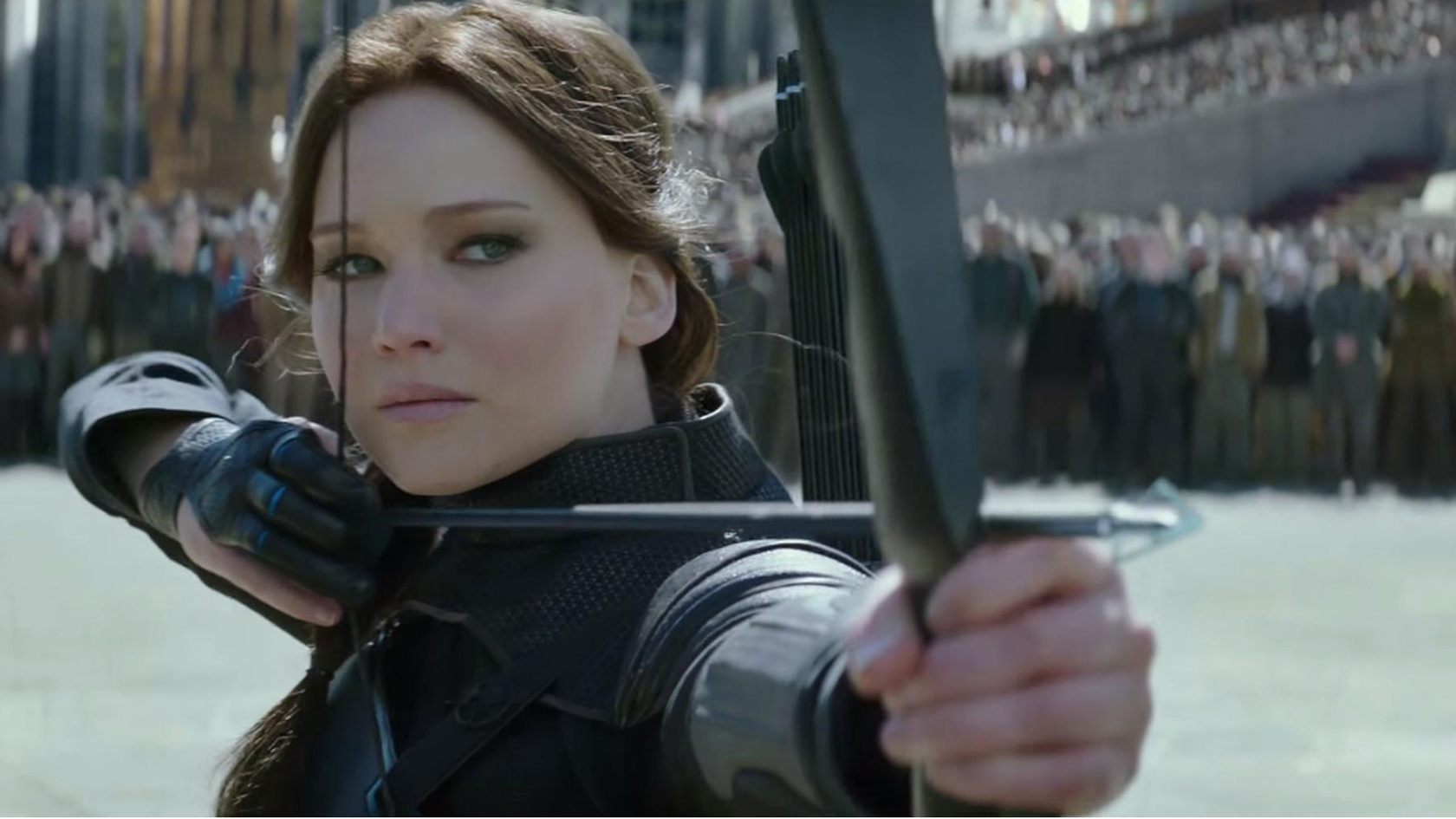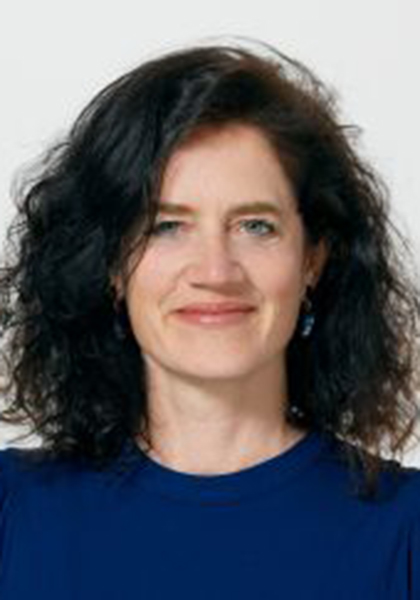Navigation auf uzh.ch
Navigation auf uzh.ch

On the cusp of adulthood, the young protagonists must separate from their parents, forge intimate friendships, navigate their burgeoning sexuality and suffer unrequited love – key themes in literature since time immemorial. “In recent years, however, coming-of-age stories have evolved from having a personal development focus to become a socially critical and political genre,” media and cultural studies scholar Christine Lötscher observes. The stormy emotional lives of teenagers are today accompanied by equally turbulent global crises: climate change, war and energy shortages. Personal suffering cannot be decoupled from the global situation. “Young people’s world-weary attitude is one way of responding to the state of the world,” says Lötscher. As professor of popular literature and media, Lötscher researches how societal discourse and conflicts are dealt with in literature, film and television.
In the past, stories about adolescence mainly revolved around the question of how young people develop into “finished” adults. Wilhelm Meister’s Apprenticeship by Johann Wolfgang von Goethe is said to be the first example of the traditional “Bildungsroman”. But the actual transition into adulthood and the specific condition of youth were not portrayed in literature until the early 20th century. Published in 1951, J.D. Salinger’s The Catcher in the Rye left an indelible mark on the genre. Later, movies about boyhood friendships such as The Goonies or Stand by Me were also influential, says Lötscher, a former literary critic. “We see similar motifs reappearing in series such as Stranger Things.”
More and more, however, teenage characters in modern stories are faced with the question: “Is there even any point in growing up?” Contemporary coming-of-age tales take a critical view of becoming an adult in a world seemingly beset by crises, explains Lötscher. “As adults in a western consumer society, we don’t know which way to turn – we know we ought to stop the glaciers melting and protect biodiversity, but beyond that?” Is it any wonder the kids aren’t alright? For Lötscher, it makes perfect sense that these major global crises should feature in stories about the transition to adulthood. Such books and movies provide a space for difficult topics to be tackled in an entertaining and humorous way. Lötscher is currently engaged in researching what effect this paradigm shift is having on the imagery and narrative form used. She has consciously adopted the English term “coming-of-age story” here rather than referring to “adolescence” or “development” novels, as this has long been a genre that embraces a variety of media.
The turn in young adult fiction to socially critical and political issues began back in the 1990s with US TV series Buffy the Vampire Slayer and its spin-off Angel. The adventures of a sweet blonde teenage girl and her friends who, rather than just enjoying normal high-school life, are called upon to fight dark powers – the demons as allegories for the patriarchy or pressure to conform – may sound a bit contrived from today’s perspective, but back then the show was groundbreaking. “It was the first series for teenagers to deal with big societal issues,” says Lötscher. Suddenly, not only were the young protagonists terrorized by dominant fathers or mean classmates, but also by societal injustices.
Around the same time as our heroine Buffy hit the small screen, a young hero came into being who was burdened with the heavy task of fighting evil itself. Lötscher believes that the Harry Potter books brought an entirely new perspective to the troubled years of youth – one that is widespread today, especially in connection with climate change, namely “that we are laying far too much responsibility for the future at the feet of the new generation.” The enormous enthusiasm with which adults also embraced the tales from Hogwarts School of Witchcraft and Wizardry was explained at the time by the rich blend of genres found in the series, combining folklore, crime, history and fantasy elements with the classic teenage trials. Lötscher, however, believes the much more decisive factor was that the books portrayed growing up as an overwhelming prospect, rather than an inspiring one as assumed in the past.
Buffy Summers and Harry Potter may actually be the exception to the rule: in contrast to genres such as dystopian fiction, teenage stories are less likely to feature the classic hero and more likely to have ambivalent and problematic characters who also fail occasionally. The young people portrayed in current TV shows and novels are unlikely to be climate activists or involved in politics. And the global crises are usually not explicitly mentioned, but hover in the background. “The Katniss Everdeens are in the minority,” says Lötscher. Unlike Everdeen, the heroine of the Hunger Games book series and movie franchise who throws herself into modern gladiator fighting to prevent famine among the population of her poverty-stricken district in a brutal dictatorship, most young protagonists are more likely to resist adult expectations by refusing to take on the challenge of saving the world. For these characters, the present is all that matters – they live an emotionally intense existence in the here and now.
One area of politics that certainly does find expression in the coming-of-age genre is gender and sexual identity. Almost all the currently successful series have main characters who question conventional gender norms. “Coming-of-age stories provide an excellent frame in which to explore gender issues and other identity questions such as race and class,” says Lötscher. “In the minds of adults, young people are vulnerable, but at the same time resilient, creatures who are hyper-sensitive to injustices.”

Coming-of-age stories provide an excellent frame in which to explore gender, race and class issues.
Of course, the young people in these stories are the creations of adults – screens onto which we project our own fears, hopes and desires for the future – and do not necessarily represent the real youth of today. We put teenagers in boxes such as “climate activists” or “social media addicts”, but we actually know precious little about the lives of young people beyond these stereotypes.
“As a society, we’re obsessed with the topic of youth,” observes the researcher, naturally in large part due to our guilty conscience about the mess we are leaving for the next generation. But at the same time, Lötscher believes we have come to idealize youth more than any other stage of life. Adolescence and youth is romanticized, says Lötscher, precisely because becoming an actual grown up looks so unappealing in the societies we have created. “But when you ask adults if they’d like to be 16 again, most immediately say: No way!”
Three recommendations from media and cultural studies scholar Christine Lötscher.
Euphoria (HBO series, began 2019)
Euphoria follows a group of American teenagers centered around 17-year-old Rue Bennet, a recovering drug addict trying to get back on her feet. The series portrays particularly keenly how young people are tangled up in the bigger picture societal and political crises – and how they don’t realize what this is doing to them. The critical lens Euphoria holds up to society is unsparing, but it nevertheless makes for fun viewing. Cathartic moments in which everything crashes down create space for something new to emerge.
We Are Who We Are (HBO series, began 2020)
The series revolves around 14-year-old Fraser who has moved to a military base in Italy with his mother, a commander in the US army. As he searches for his sense of self and his gender identity, he makes friends with a girl of the same age called Caitlin. Using highly artistic imagery, the show portrays growing up as a liminal and fluid phase, a fluidity which extends to gender binaries.
Sankt Irgendwas (2020, book by Tamara Bach)
The book tells the story of class 10b’s school trip from the perspective of several protagonists. Something clearly went very wrong, but exactly what is revealed only gradually. The views of the different narrators – each student has to write a report about the trip – show how important it is for young people to feel they are part of the group. But at the same time, the need for individuality emerges as they ask themselves: Who actually am I in this group?